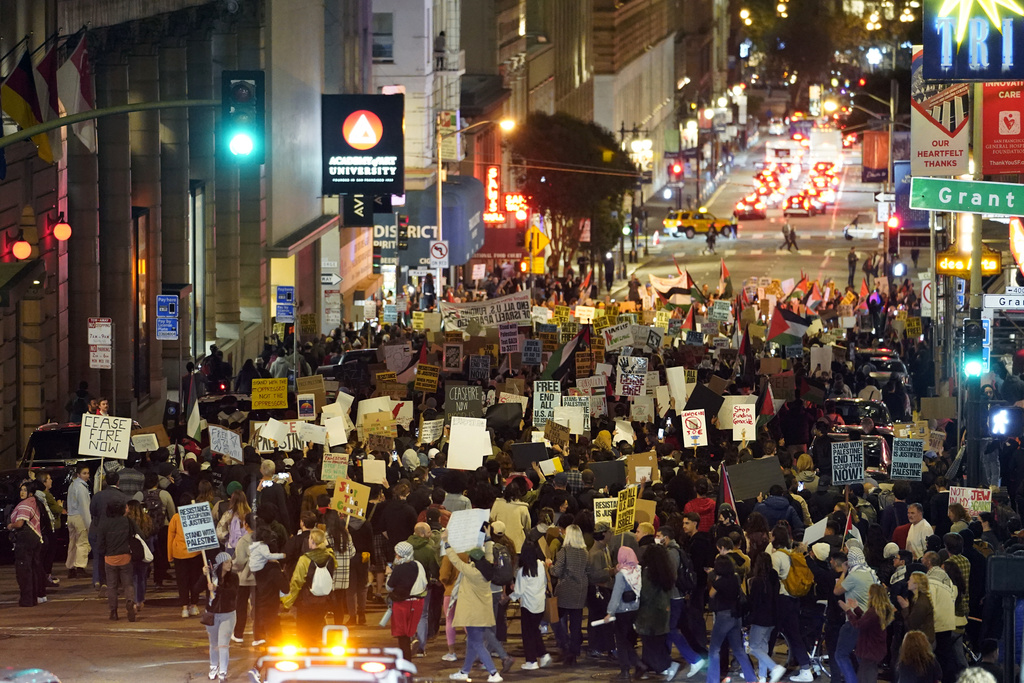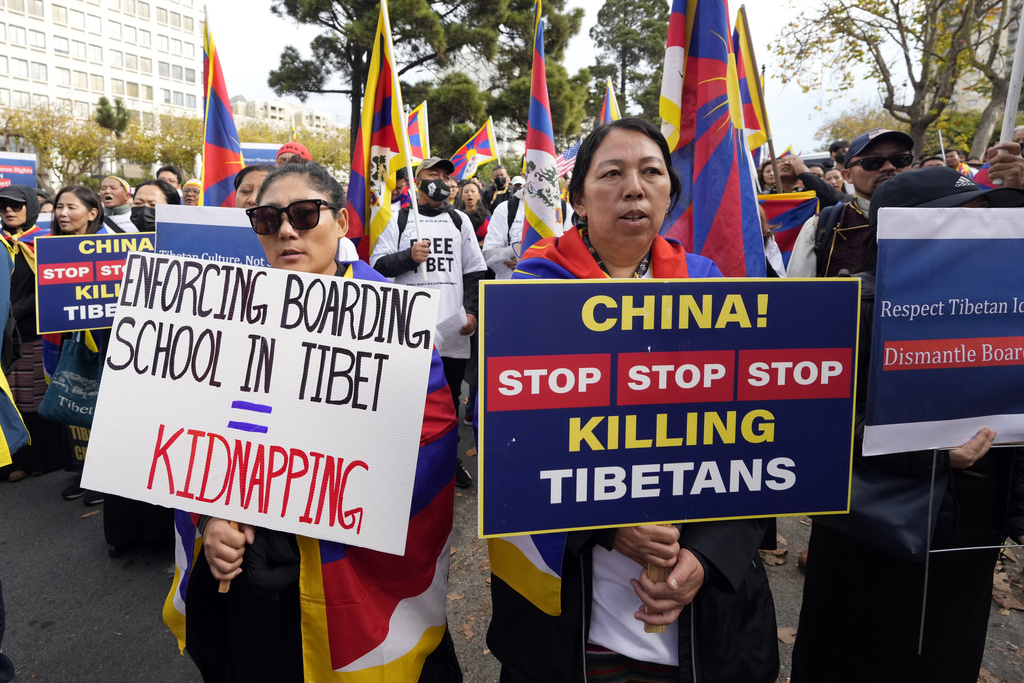Video captured on April 30 by the Philippines Coast Guard shows a pair of Chinese Coast Guard ships using water cannons to douse Filipino vessels, which were reportedly sailing to the Scarborough Shoal to help some fishermen. At least that’s how the Philippines government described the incident in its official protest of what is now the 20th such encounter just this year.
The Chinese government also released footage of the encounter but said the water cannons were used lawfully to protect Chinese interests in the area.
Both the Philippines and China accuse the other of escalating tensions in the region, and the April 30 incident also happened while the Philippines and the United States were taking part in the annual Balikatan military drills.
Balikatan means “shoulder-to-shoulder,” and this year’s event marks the largest ever, with more than 17,000 soldiers taking part.
So why is there so much attention on the South China Sea? And why do some military and geopolitical analysts think the tensions there are more likely to spark a conflict between the U.S. and China than a possible Chinese takeover of Taiwan? Well, it’s a multifaceted issue.
First, the Scarborough Shoal is in the South China Sea, where the most recent run-in between China and the Philippines happened. The Spratly Islands, a grouping of very small islands, coral outcroppings, and sandbars are also in the area.
Now, all of these locations are within the fishing grounds that have historically been accessed by most of the countries in this region of the Pacific. Vietnam, Indonesia, Brunei and others have all fished those waters. The waters are very fertile and supply a lot of the food for people living there.
However, the waters are also within the Exclusive Economic Zones (EEZs) for each country. The U.N. Convention on the Law of the Sea defines an EEZ as “an area of the sea in which a sovereign state has exclusive rights regarding the exploration and use of marine resources.”
Typically, an EEZ extends out from a country’s coastal territory by no more than 200 nautical miles.
There’s been no official ruling on whose sovereign territory any of disputed areas belong to, but the Permanent Court of Arbitration ruled in 2016 that China definitely doesn’t own it. Still, Chinese vessels implement blockades from time to time and essentially have controlled access to the Scarborough Shoal since 2012.
The Chinese Communist Party, under the rule of Xi Jinping, maintains it’s just looking out for its own best interests and protecting its territory from what it views as a hostile expansion of U.S. interests.
On the other side of the pendulum swing are the China hawks who say the real aim of Xi’s regime is to establish military footholds in the region and potentially control trade routes. These routes are some of the most lucrative in the world. More than $3 trillion worth of goods sail on these seas every year.
Remember the Spratlys? Over the course of the last few years, the Chinese government invested billions to build up what were essentially exposed outcroppings of coral reef into full-fledged military facilities with runways and barracks.
China isn’t alone in adding more military resources to the region. In addition to upping its naval patrols, the Philippines also sought to further its claims to this area of the South China Sea by purposely running a ship aground in the Second Thomas Shoal.
The ship is now used as a permanent military installation by the Philippines. That means regular resupply missions, and those are another point of contention for the Chinese and often another source of conflict.
While all of this is going on, the Philippines continues to strengthen its military ties to the United States, which is a familiar pattern in the Pacific. Japan and Australia also entered into historical military partnerships with the U.S. recently over fears the Chinese may try to take control of territory that isn’t theirs.
Even India is focused on what is happening in the region. India doesn’t want China to take over the trade routes any more than anyone else does, which is why it recently sold the Philippines some BrahMos missile batteries. Because again, when $3 trillion worth of trade could be on the line, that demands international attention.
Reuters contributed to this report.




